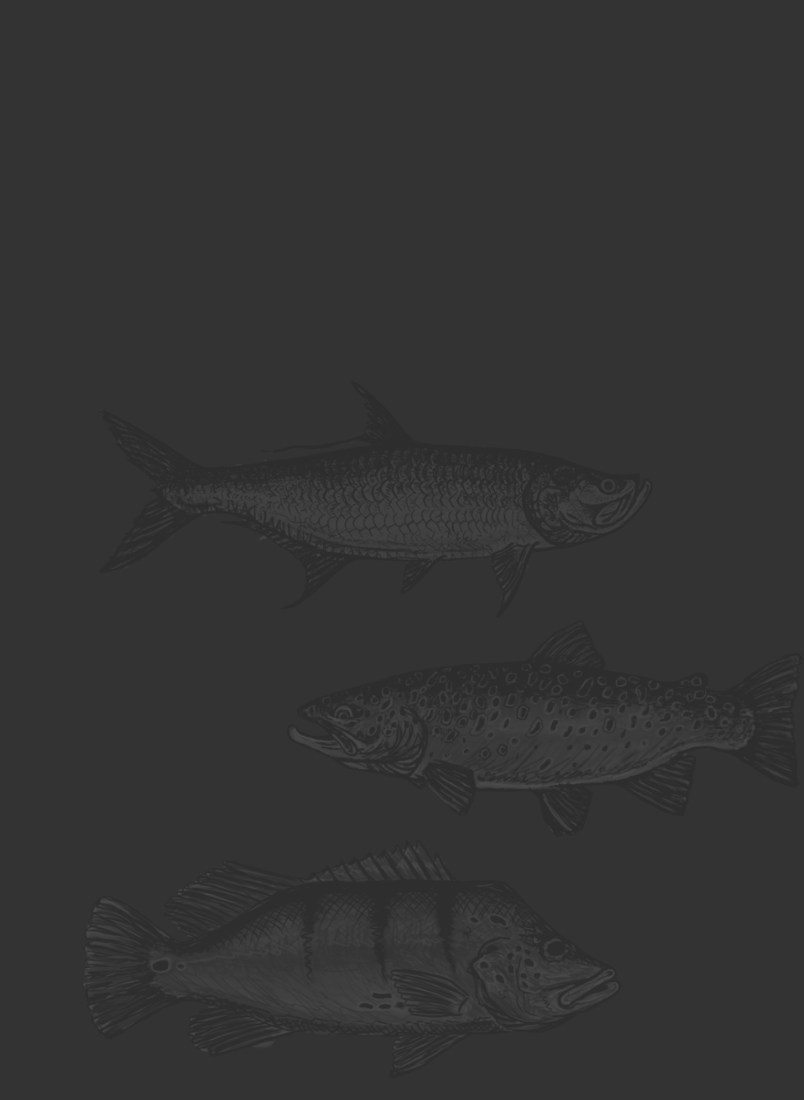The word is out and spreading. Saltwater anglers that venture beyond the flats and out to the deep blue waters of the Seychelles and Christmas Island realize the thrills of fly fishing for milkfish.
Many anglers wouldn’t even think about targeting milkfish when fishing these destinations for a long time. For years, they were considered “uncatchable” vegetarian fish that would never eat a fly.
The guides of the Seychelles worked for years to crack the code, however. Eventually, they figured out a number of methods and techniques that allowed their clients to catch these “super-charged, over-sized mullet on steroids” on a regular basis.

Milkfish are a toothless, silver-colored species that resembles a gigantic minnow in many ways. They have a large, forked black tail and can grow to almost six feet in length. While anglers will occasionally see them cruising the flats, they are incredibly hard to catch in shallow water and unlikely to take a fly.
Instead, the most “possible” and consistent action is found in the deep blue water just off of the flats or just beyond the reefs. There, anglers may come upon milkies in schools and “swells” by the thousands! When schooling and feeding, they are typically gulping on tiny invertebrates, small fish, microscopic plankton, and – most commonly – on algae and weeds. During these situations, they can be enticed to take "algae-style" flies.
Without a doubt, milkfish are difficult to catch. They can be a fish of well over 100 casts, but when an angler does finally hook into one of these vigorous fighters, get ready for a long, hard, fun battle where the use of a skiff and a net is almost always necessary to land them.
We called up long-time Seychelles guide Jako Lucas for some practical tips to help anglers connect with their first milkfish.
- Always make sure that you have the right equipment when targeting a milkfish. They are super-strong, and if you don't have the right set up you will lose the fish because of tackle failure,” said Lucas. “We normally use 11 wt rods for them, but you can use anything from a 9 wt to a 12 wt rod with a matching saltwater reel. Be sure that the reel has a smooth reliable drag, loads of backing, a floating tropical line, and a 20-30 lbs tapered leader.”
- “A milkfish builds up no lactic acid in its muscles,” said Lucas. “This means that they can fight hard and long. Get ready for a battle. I’ve had 20lbs fish that take clients up to 2 hours to land.”
- “Always make sure you get the fly in the right feeding spot, as milkies will not move very far for the fly,” said Lucas. “So if your cast fails to get the fish's attention, be ready to pick up and reposition another cast in the feeding zone. Patience and repetition are key.”
- Make sure you have the right fly that will float and drift correctly in the water. Very often we find that it is the fish that swim sub-surface, underneath the rising fish that will take the fly. Guides that are keen to target milkfish will tie flies that will drift in different levels in the water.”
- There are three phases during a milkfish fight,” said Lucas. “First it is the hookup, which is typically a Chinese fire drill where the fish goes crazy – jumping all over the place. During the second phase, the fish tend to break away from the larger school and head out to sea. In the third phase, as a last-ditch effort, their fight will resemble a tuna fight, where they swim straight down, fighting hard and deep in the water column. Be ready for the long haul. They take some endurance.”
- Presentation of the fly is everything,” said Lucas. “Make sure you practice casting before your trip because you will need to be accurate and able to make repetitive casts over a long period of time.”
So, if others in your group are dead-set focused on targeting bonefish or Giant Trevally, don’t overlook the opportunities that milkfish may present when the conditions are right. They are a fun fish to catch and one of the strongest fish that can be hooked on the fly.
+ Listen to this WAYPOINTS Podcast: JAKO LUCAS - His Top 10 Fly Fishing Destinations and Adventures
+ View the Seychelles Fly Fishing Gear Guide: Everything You Need
Recommended articles:
- 15 Exotic Species to Target on a Seychelles Fly Fishing Trip
- Christmas Island Fly Fishing 101 With Camille Egdorf
- The Untold Secret: The Best Time To Fly Fish Christmas Island





























